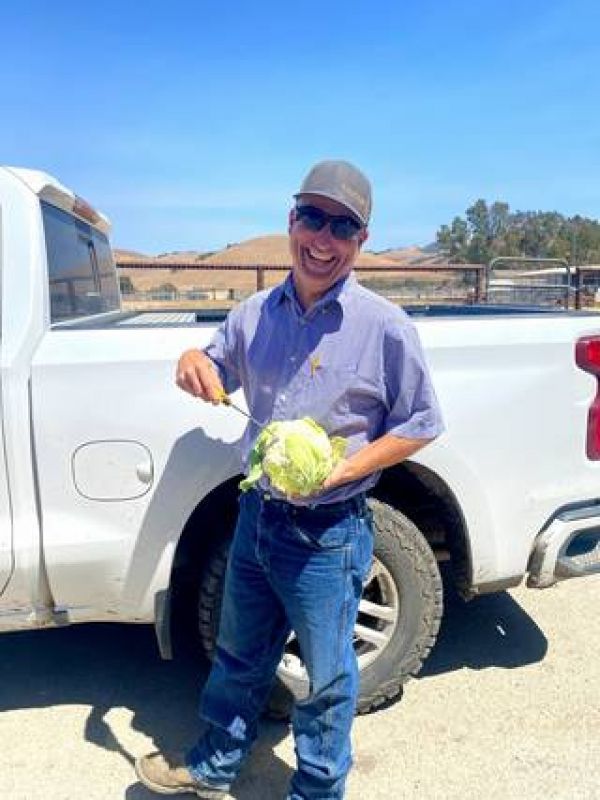Every day – up to thirty times a day, in fact – one of Mark Mason’s employees at Nature's Reward Farms in Monterey County, California brings him the results of a soil test for discussion. Mason supervises fertilizer and irrigation for the farm’s 5,000 acres along California’s Central Coast, which is nicknamed “America’s Salad Bowl” and is one of the most productive and diverse agricultural regions in the world. Those soil test results are key inputs for one of his newest tools: CropManage, which is operated by the University of California Cooperative Extension and uses data from NASA and other sources to create customized irrigation and fertilizer recommendations. In addition to satellite measurements of crop development, it gauges local weather, soil characteristics, and irrigation system efficiency.
“CropManage gives a recommendation back to the person that’s gone out and pulled the soil sample,” Mason explained. “He gets the results, then discusses that with me. I know what the field looks like, so I’ll take CropManage’s recommendations and make a decision based on what I know about the irrigation method, when it will be harvested, the soil type, how the crop looks, and the history of that ground for that time of year.”
If you ate a fruit, vegetable or nut today, chances are good that it came from a farm like Nature’s Reward Farms in California’s Central Coast, or from the nearby Central Valley. Covering more than 20,000 square miles in the Golden State, these regions are home to thousands of farms that grow hundreds of different crops, annually producing more than one-third of the United States’ vegetables and two-thirds of their fruits and nuts.
Continue reading at NASA Goddard Space Flight Center
Image via NASA Goddard Space Flight Center


